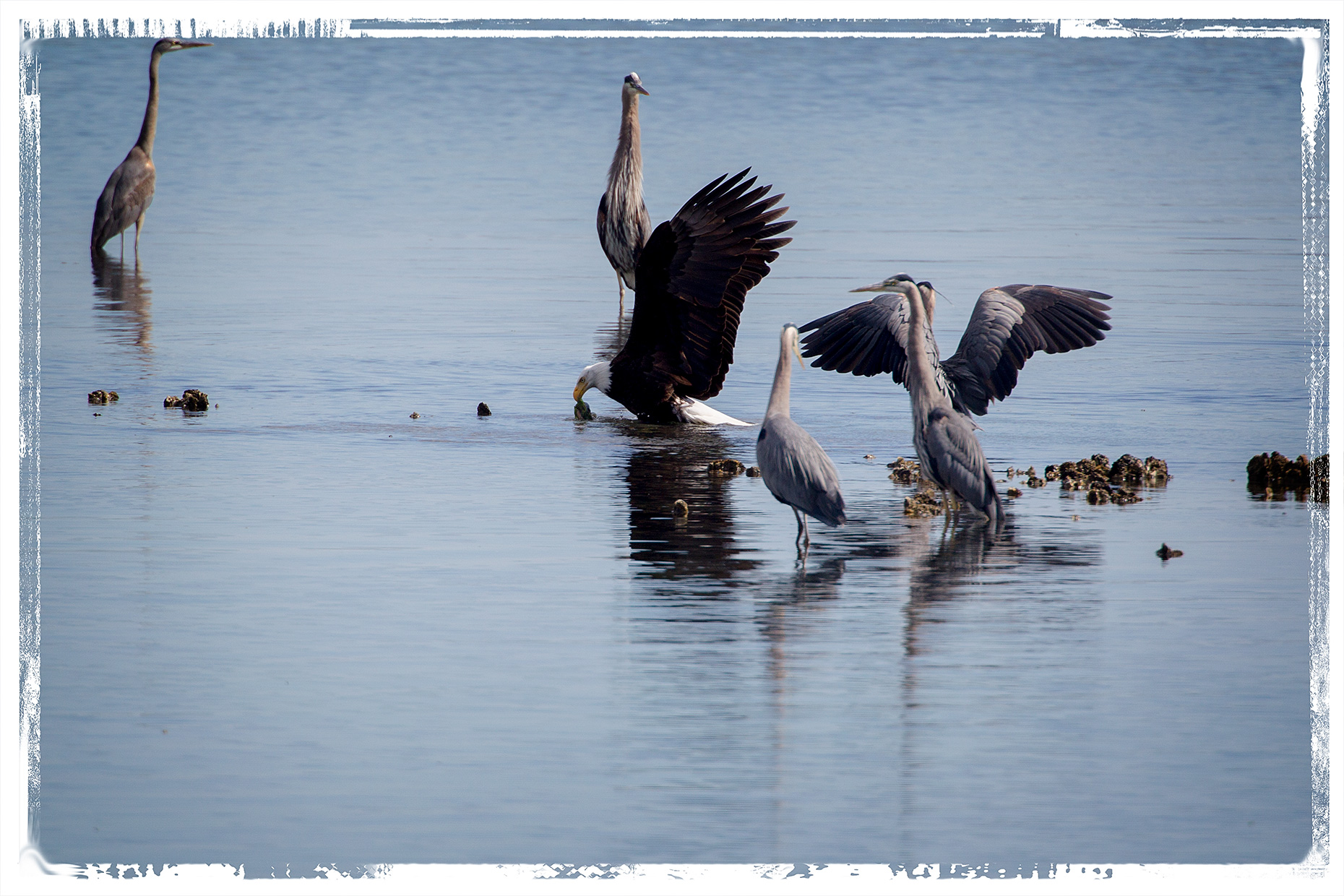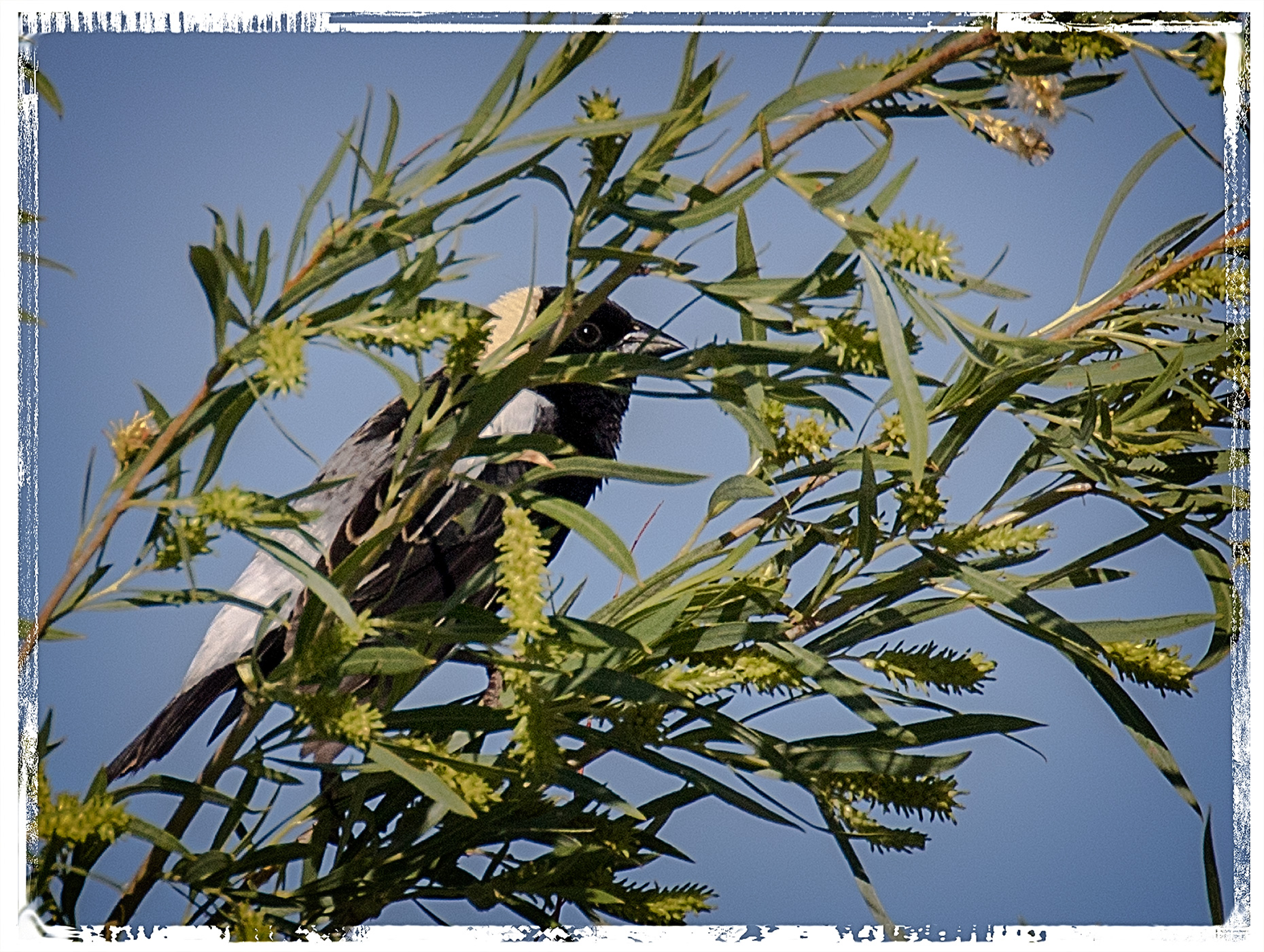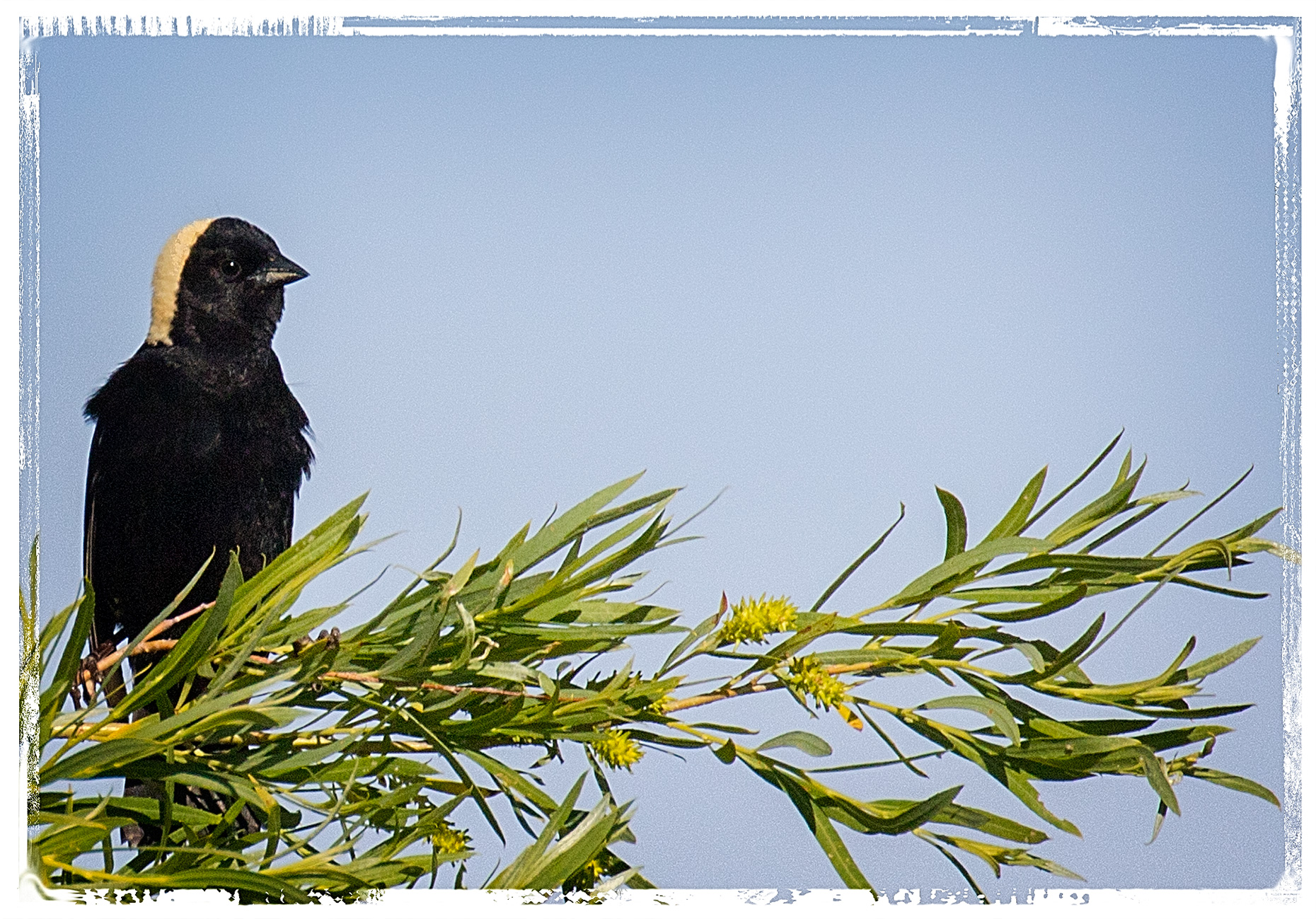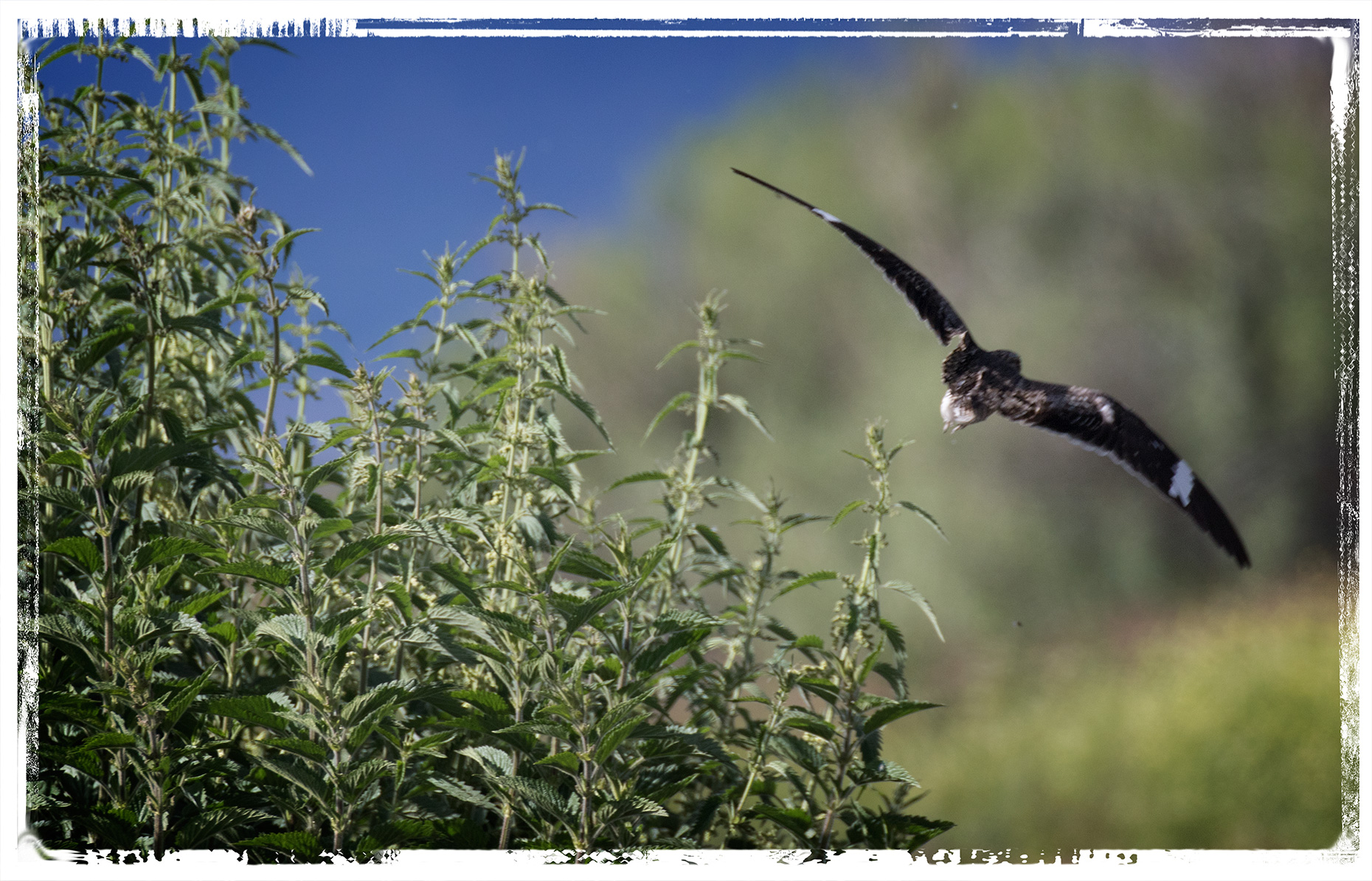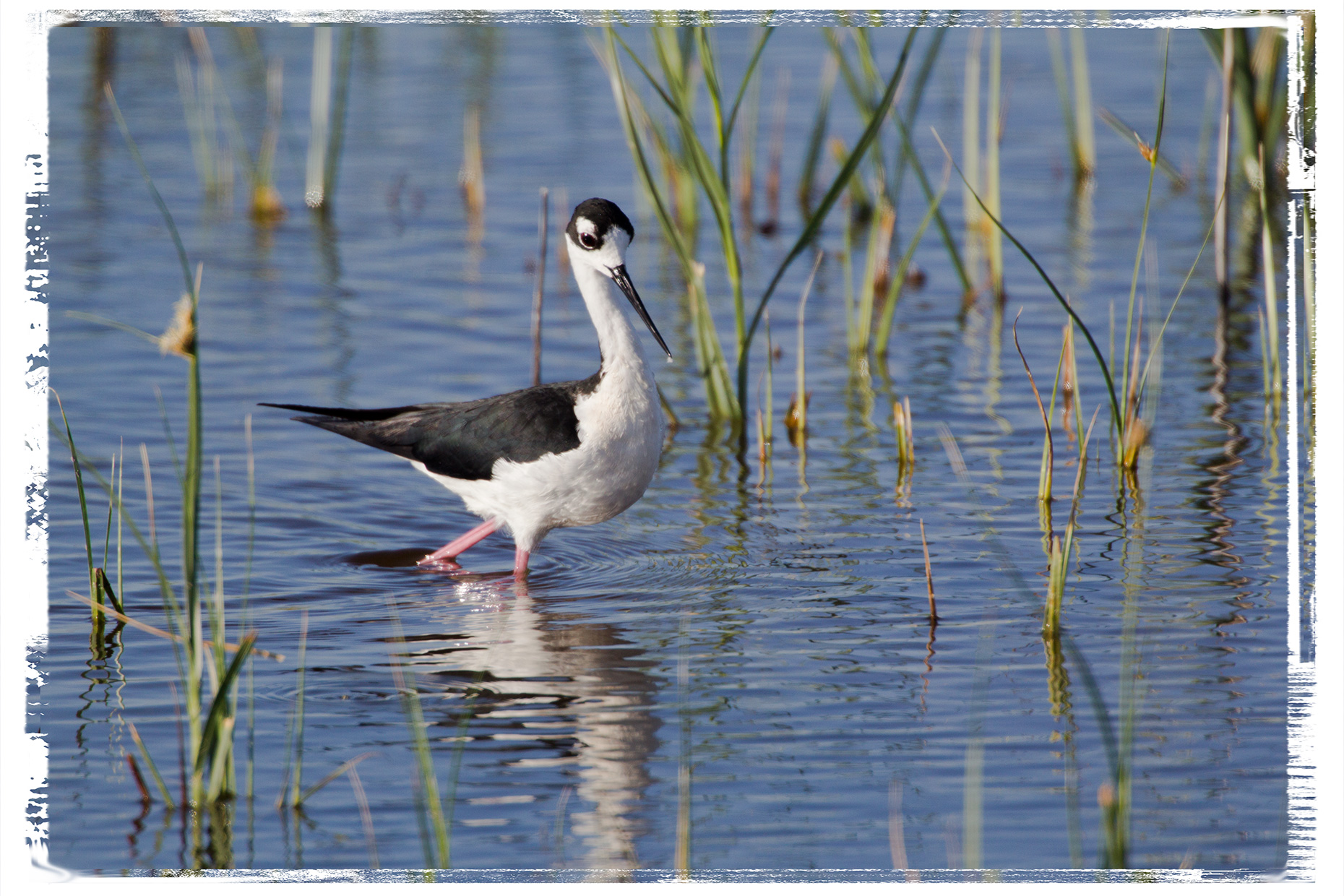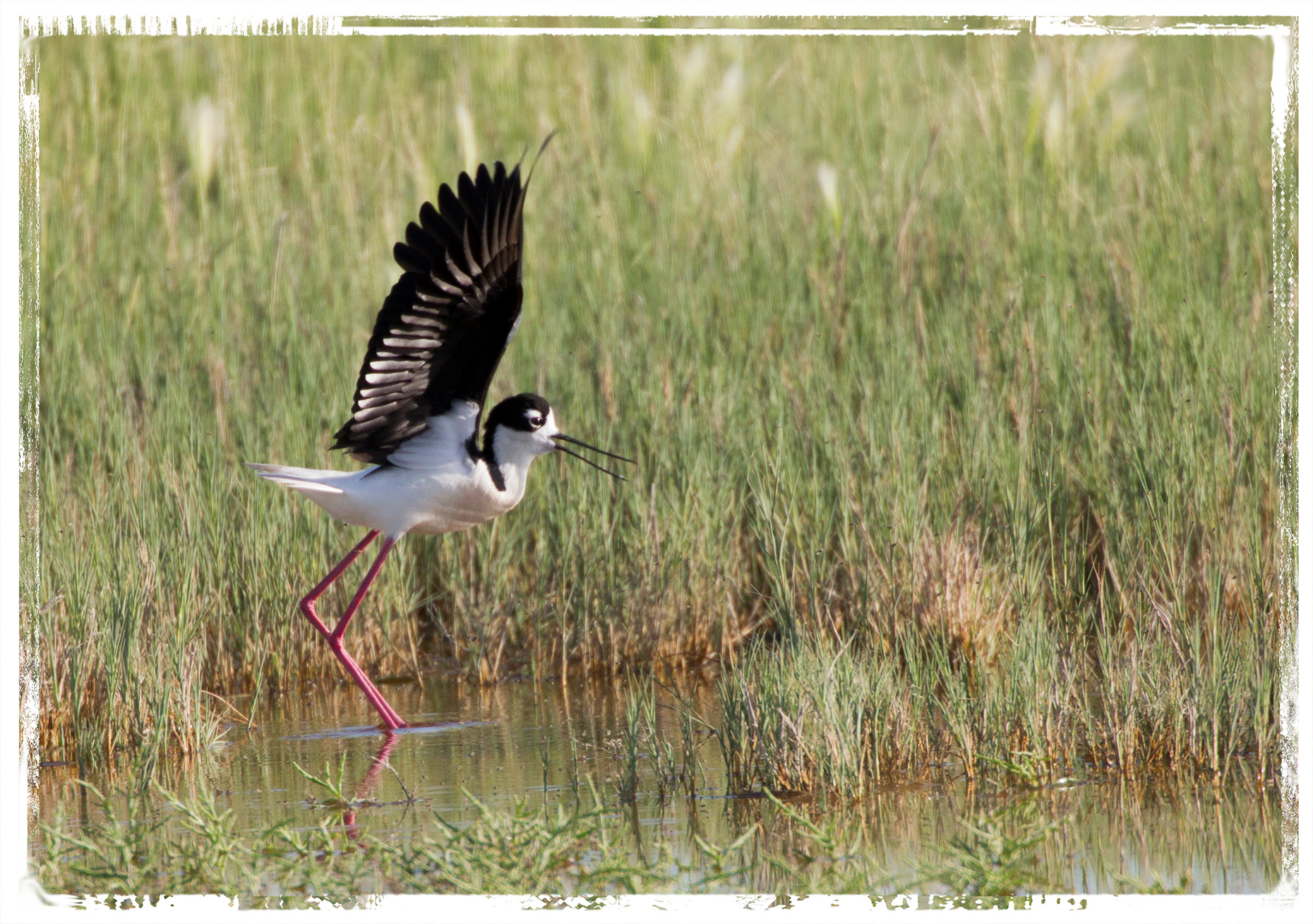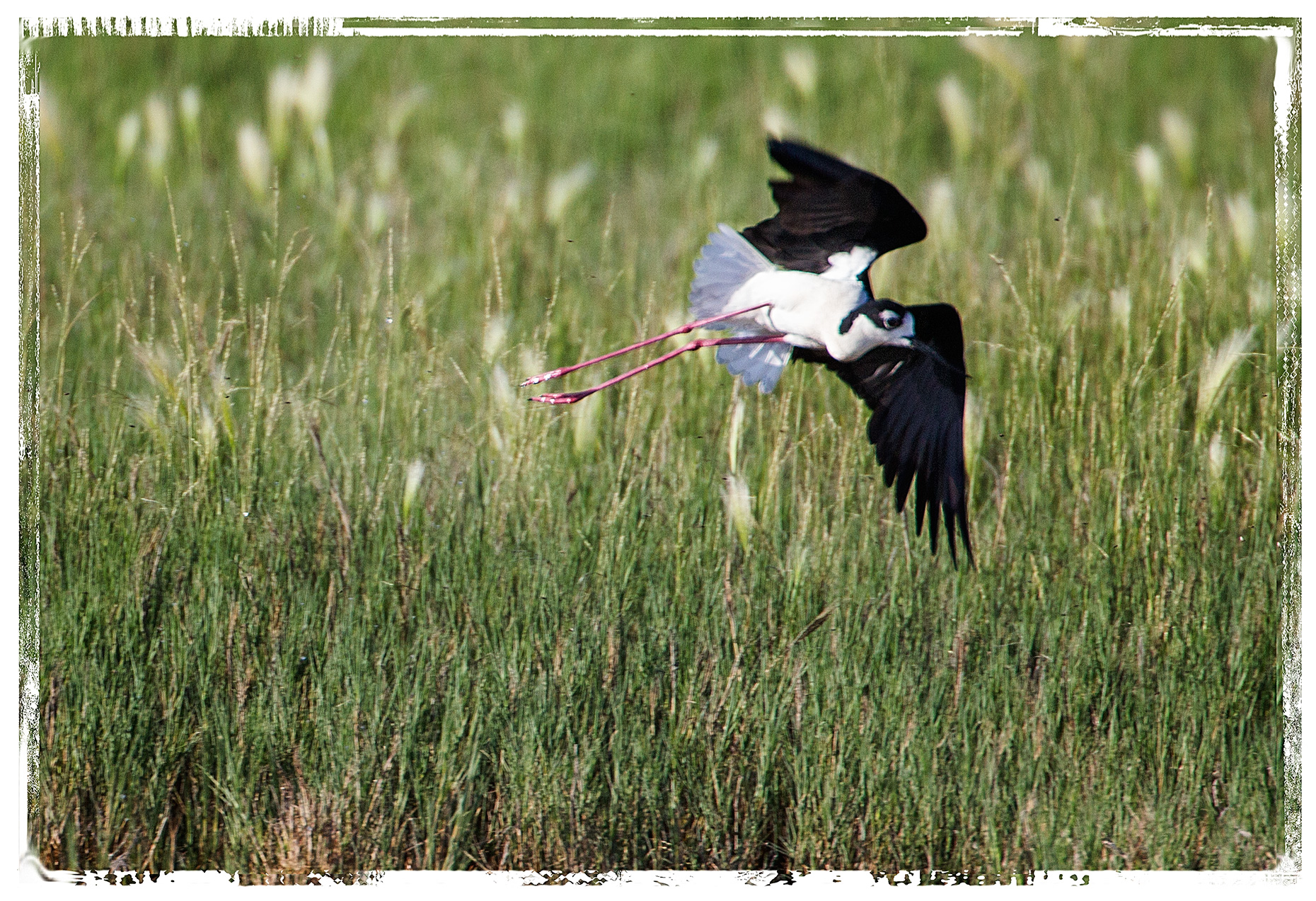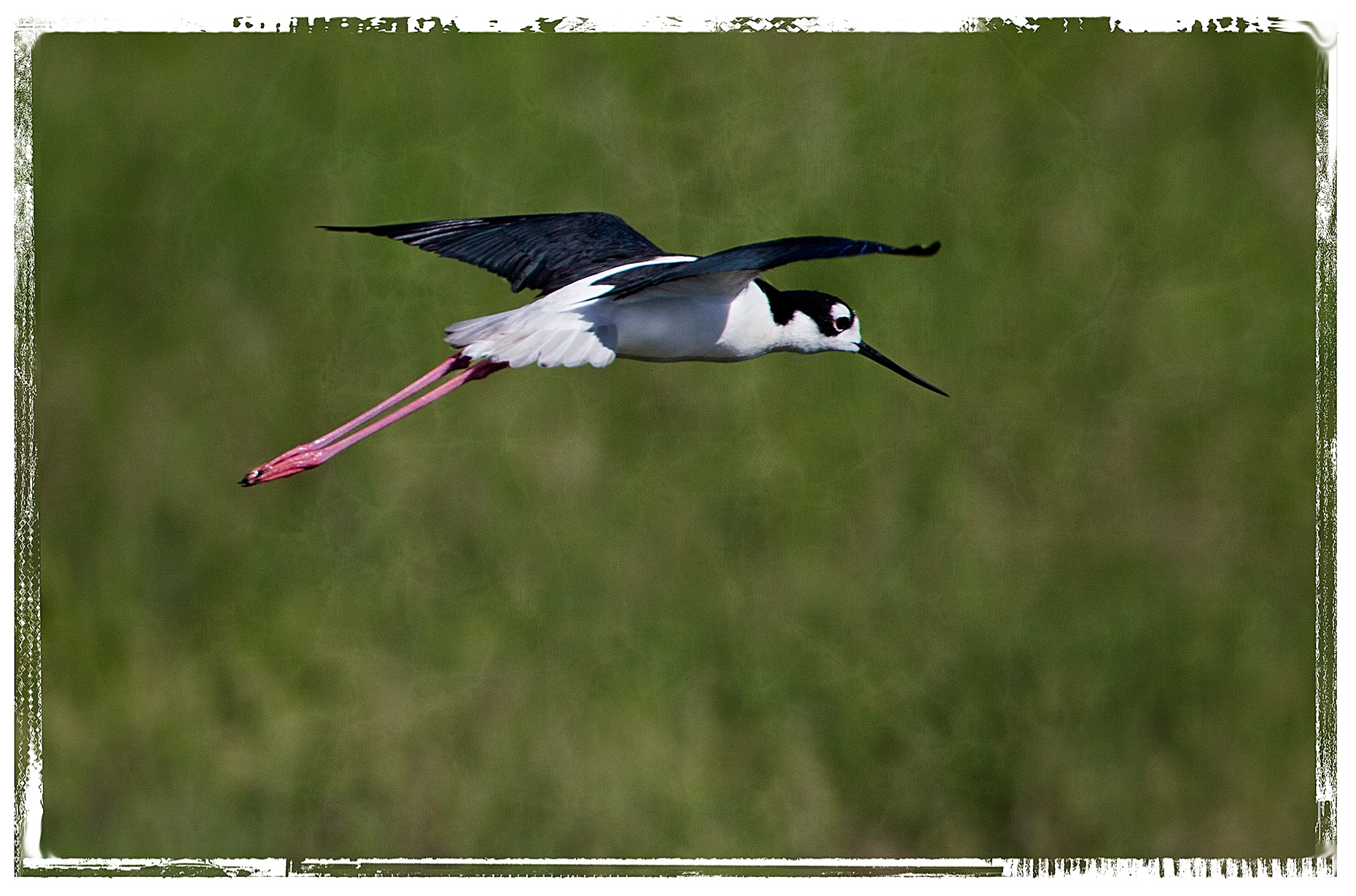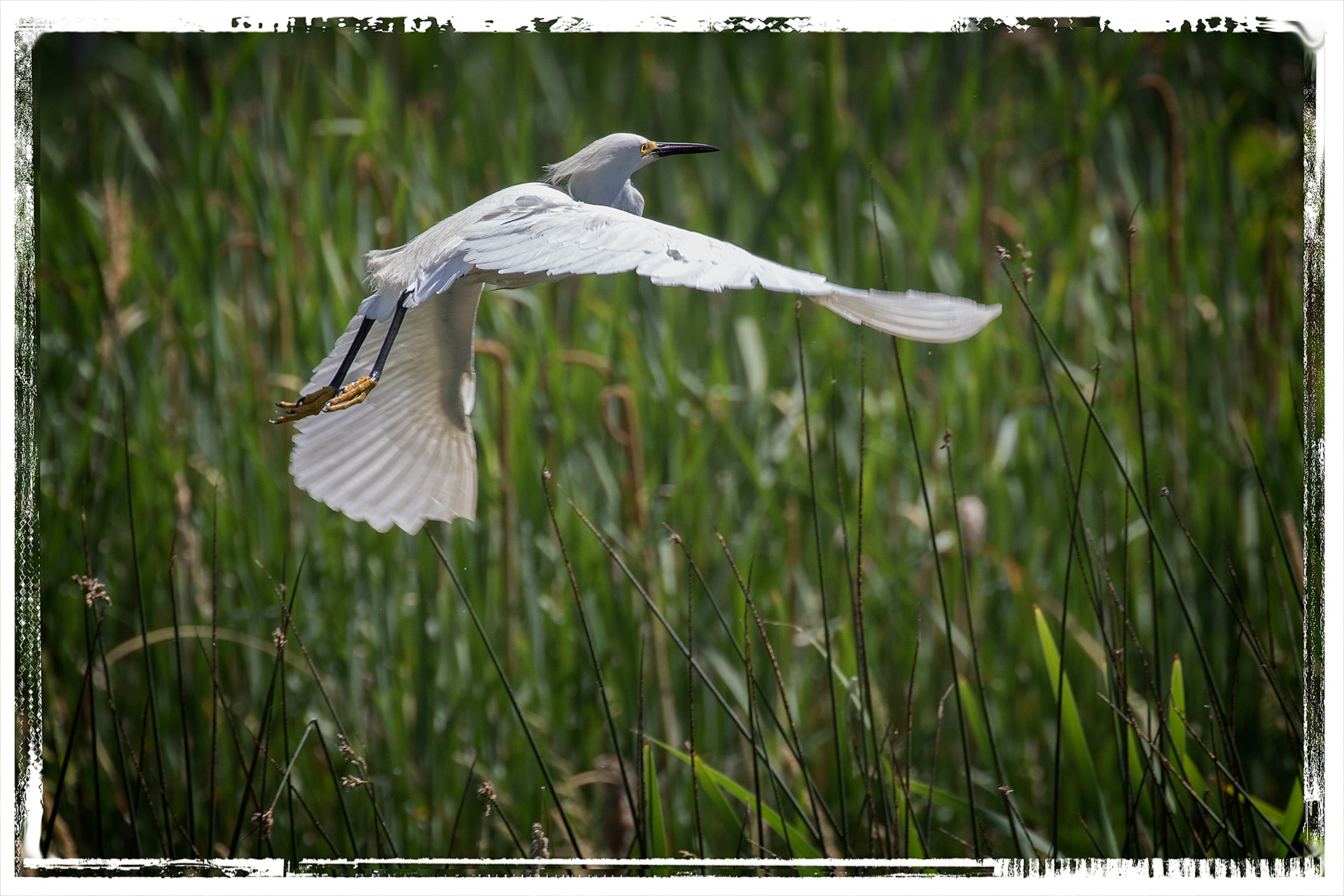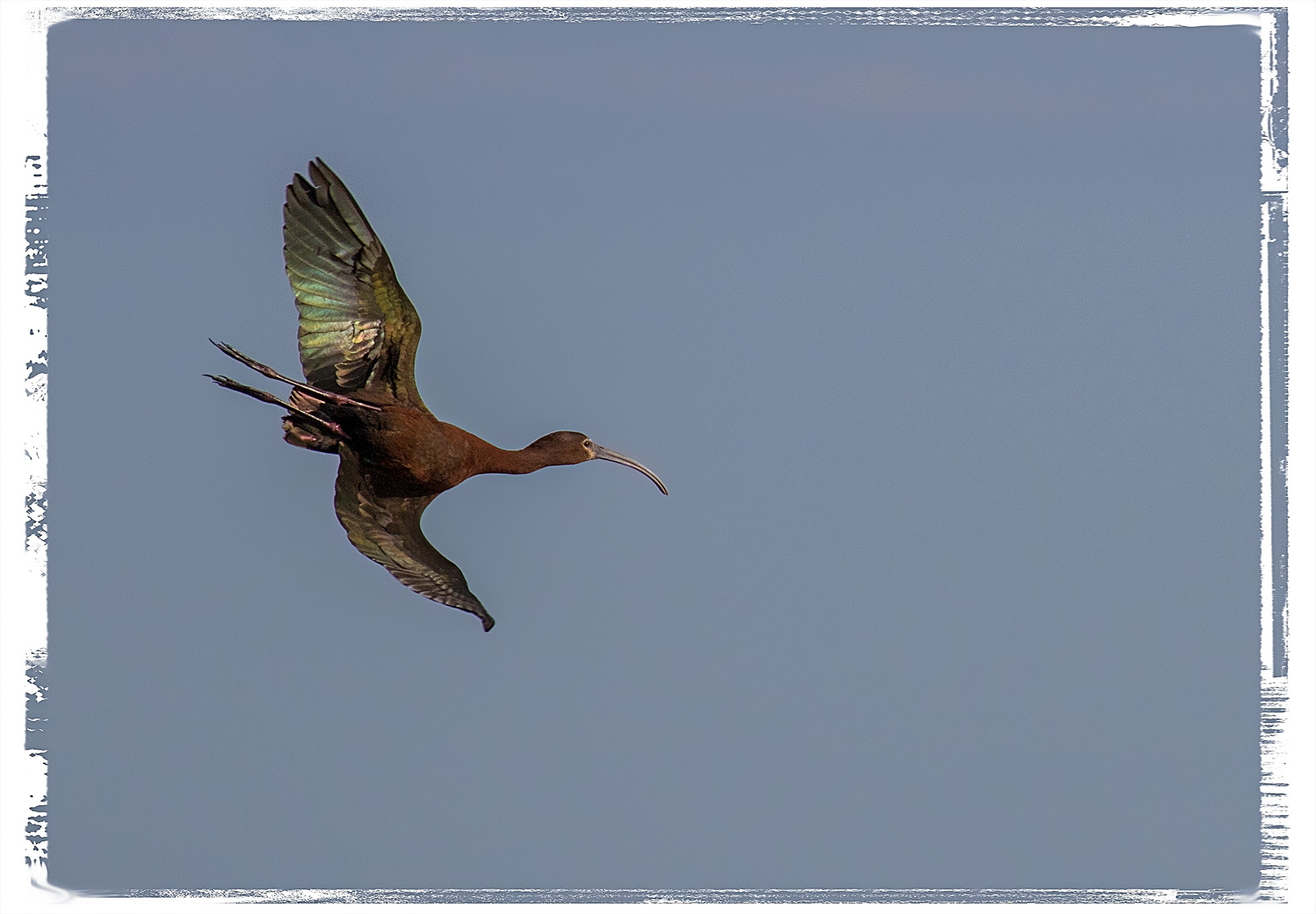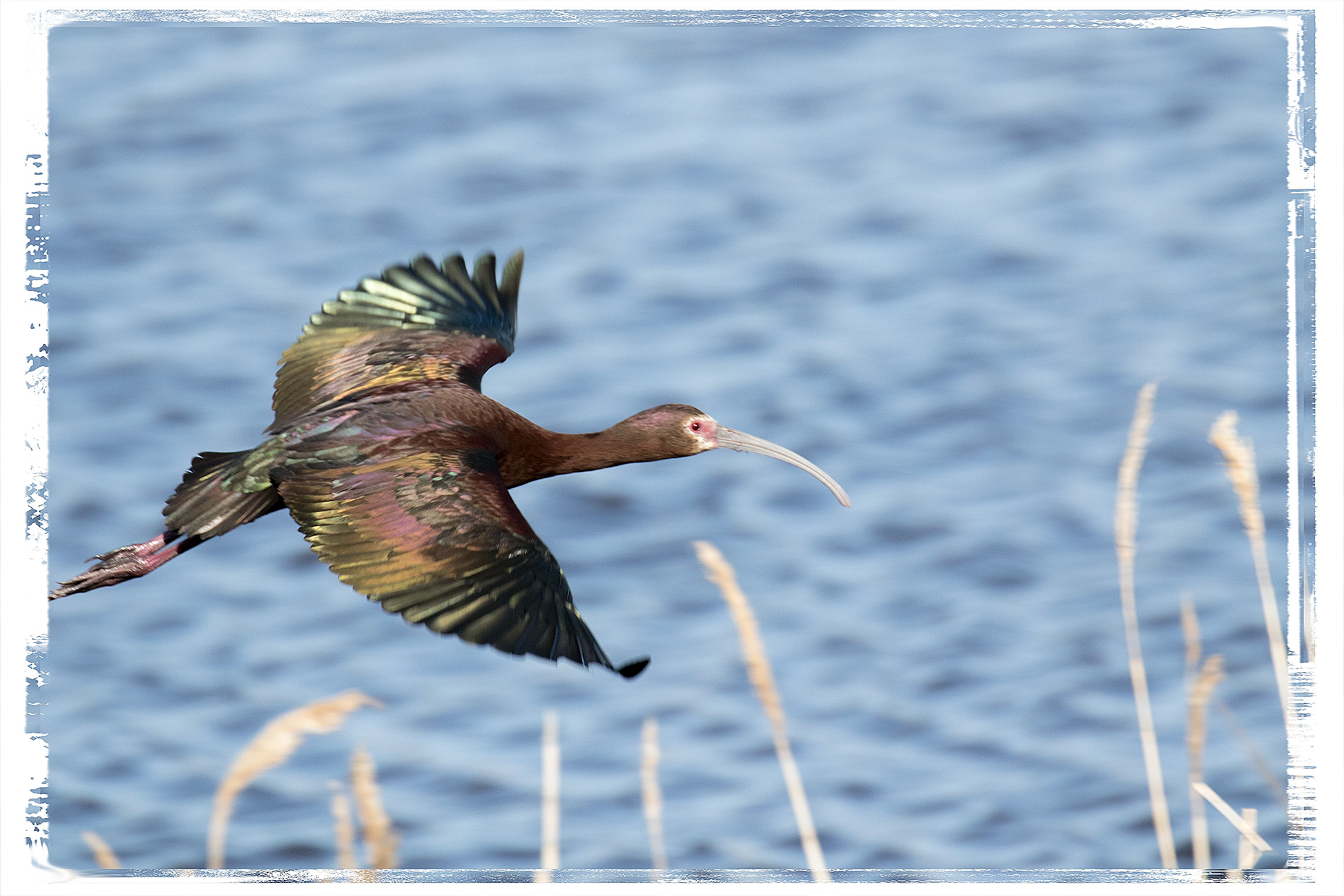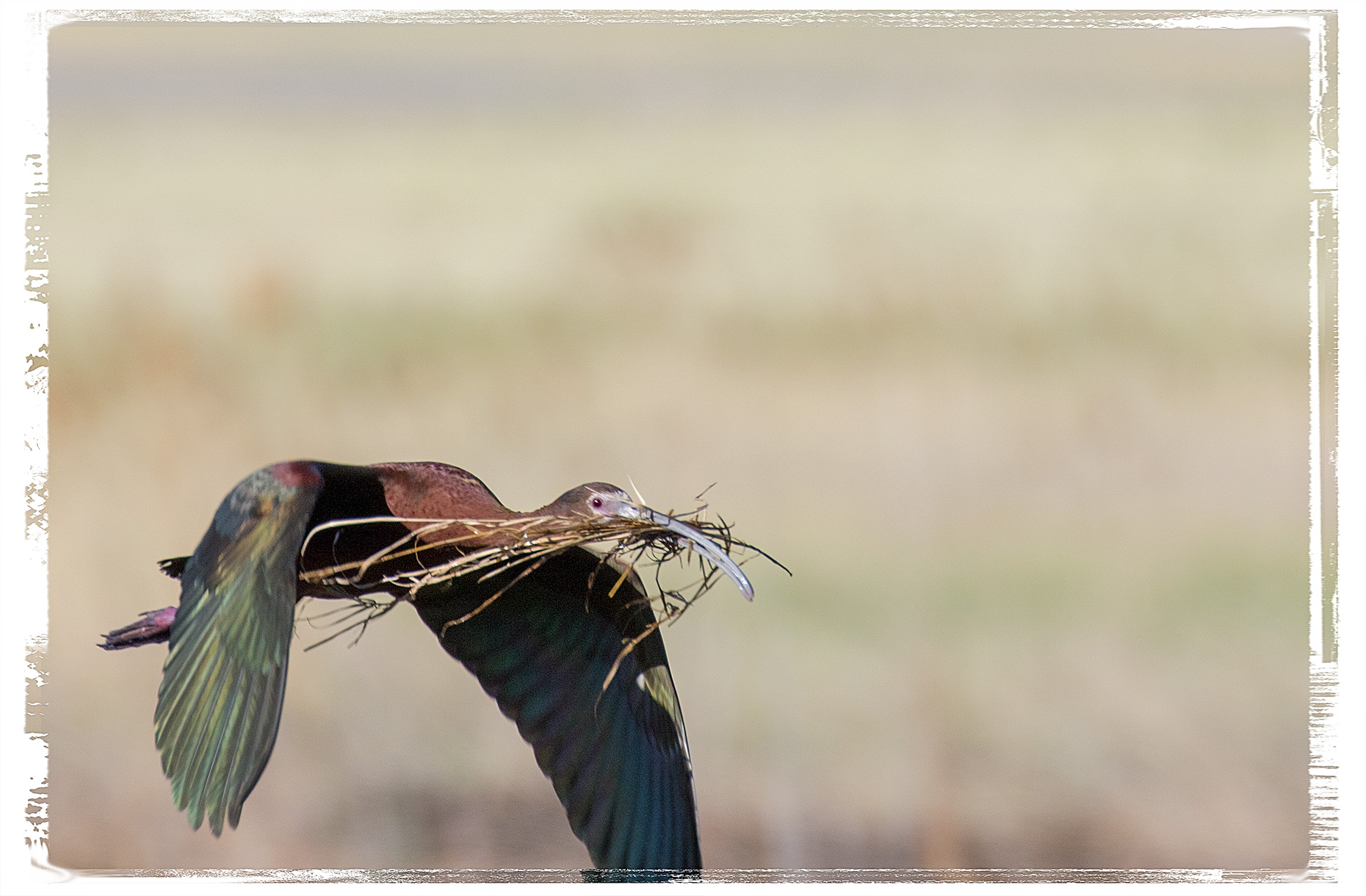One of the reasons I hesitated to return to Bear River was that it was right in the middle of the Sculpin run at Seabeck and I was afraid the run would be over before we returned. While it had slowed down considerably, it was still taking place when I returned at the end of June. It turned out to be a beautiful day, and I got some great shots, shots that, unfortunately, looked a lot like shots I’d gotten there before I went to Bear River. When you return to the same spot year after year, it gets harder and harder to top the shots you’ve already posted.
My favorite shots of the day were shots of Cedar Waxwings, shots I posted the day I took them instead of a month later. Even if the shots you get are no better than ones you’ve gotten before, it’s hard not to learn more about the herons and eagles you’ve observed. I’ve learned even more by talking to the photographers who get up there even more than I do. I’m nearly as fascinated by the complex interaction of the Eagles and the Great Blue Herons as I am by their beauty.
At the beginning of the day’s run, the herons will be quite spread out. However, once Great Blue Herons start to gather in a particular area, you can count on the eagles beginning to show up, too.

The heron on the left in the above shot has just caught a large Sculpin, and it’s not long before a mature Bald Eagle swoops in.
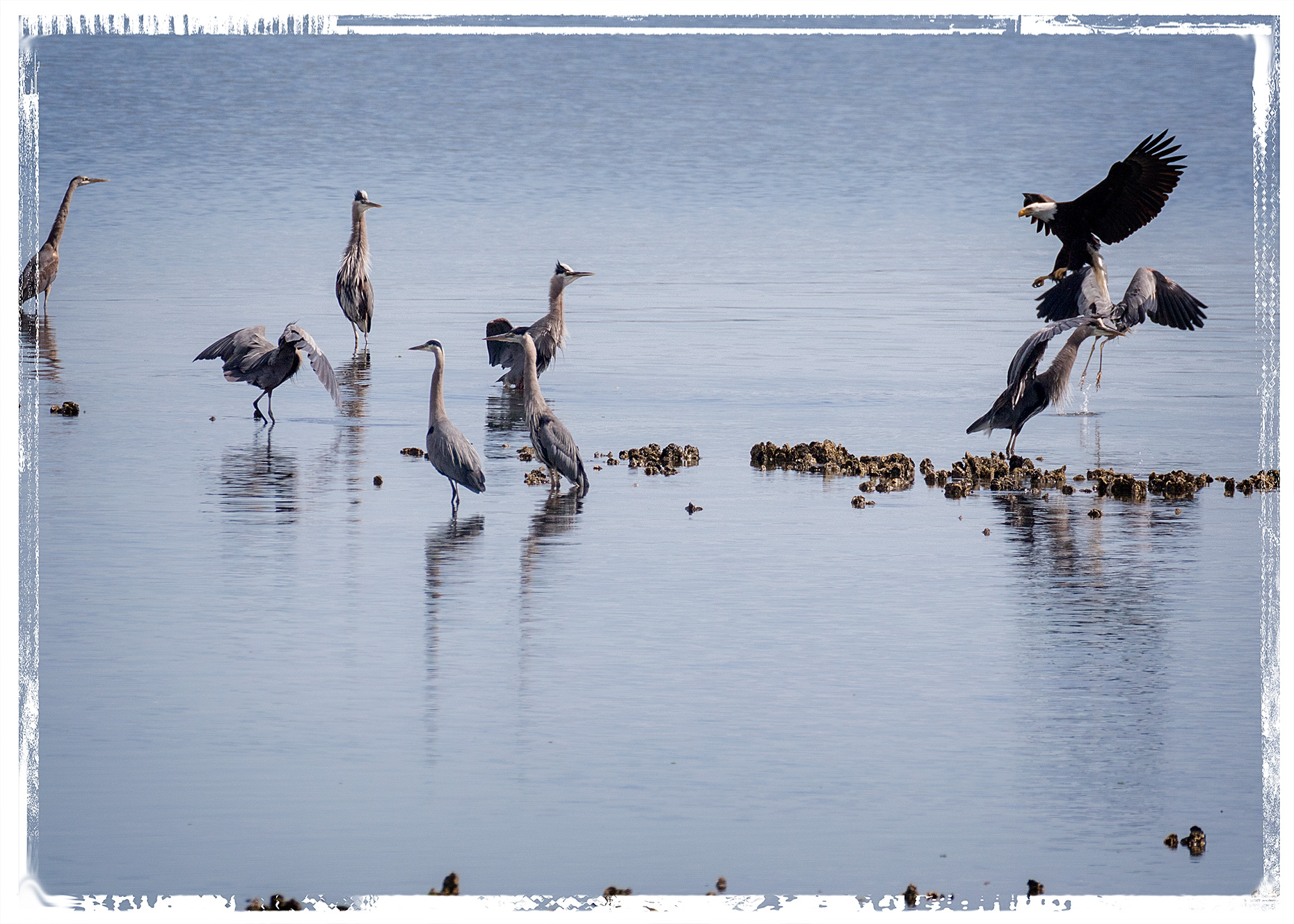
Often a juvenile eagle will follow the mature eagle.
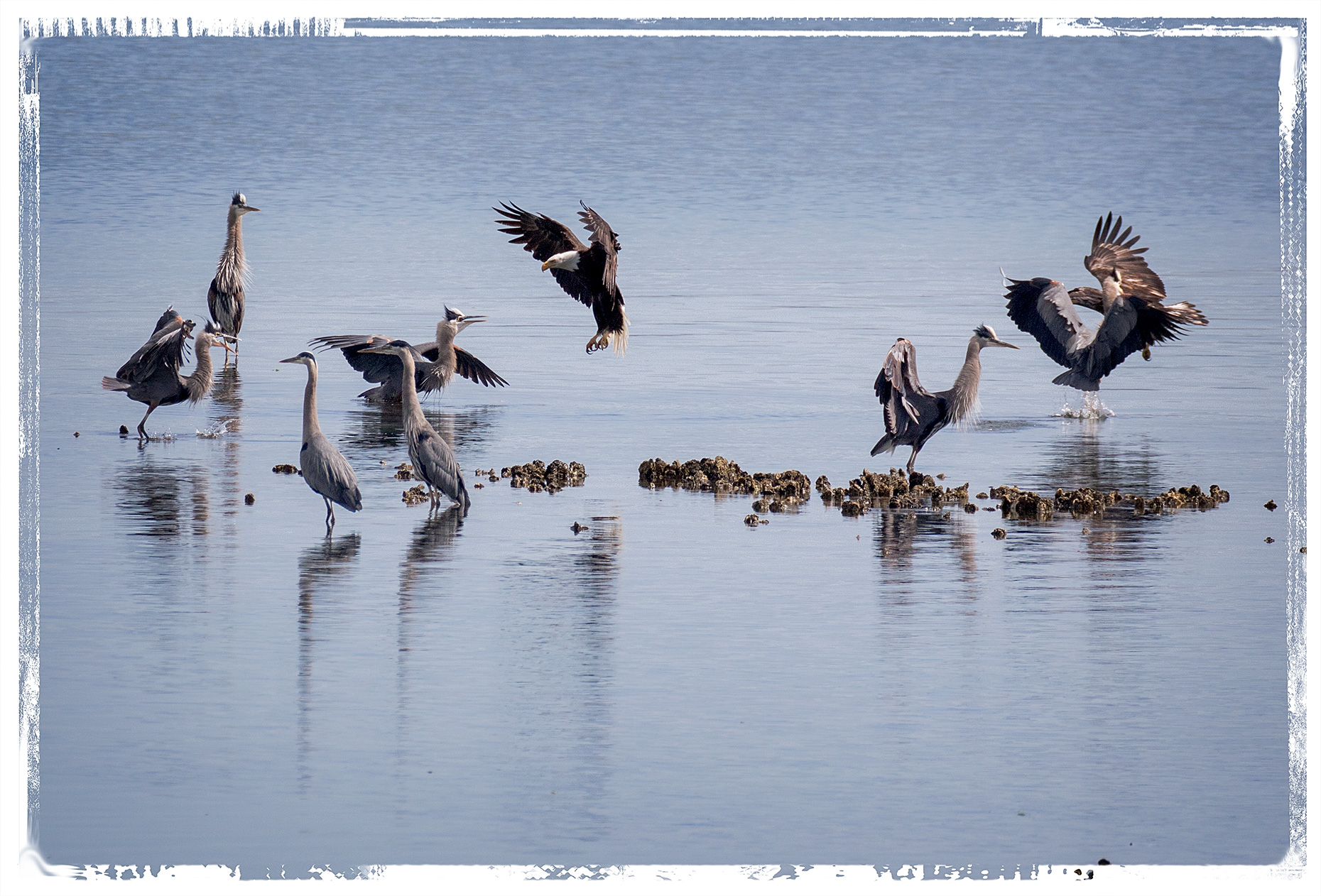
Notice that the heron on the left drops its catch as the eagles approach. Some herons look like they’re ready to defend themselves, while others immediately take off. Others. like spectators in Auden’s “Musee des Beaux Arts” turn “away/Quite leisurely from the disaster; the ploughman may/Have heard the splash, the forsaken cry,/ But for him it was not an important failure
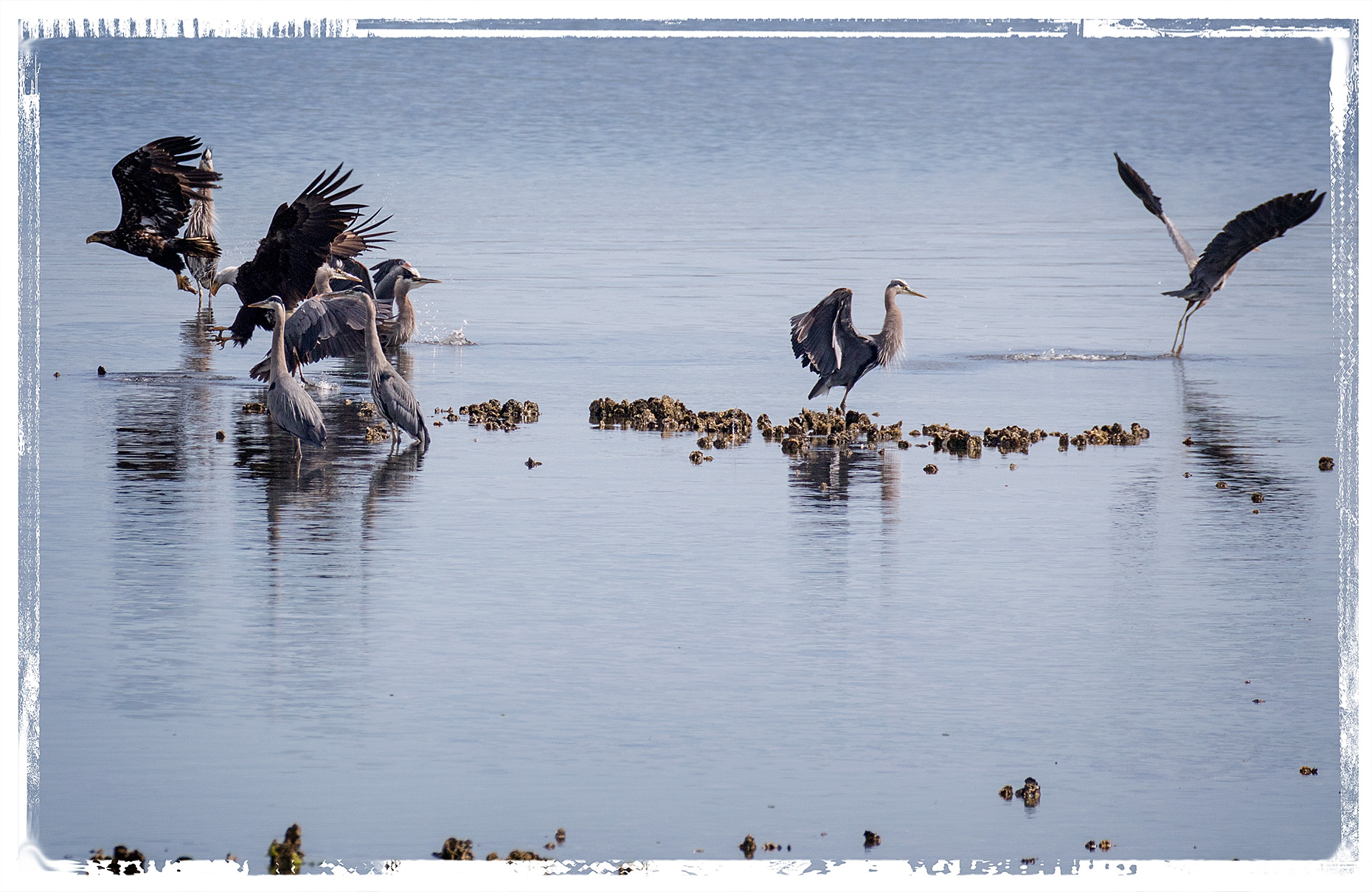
Notice that the immature eagle just flies through the flock, apparently unaware that there is even a fish to be had.
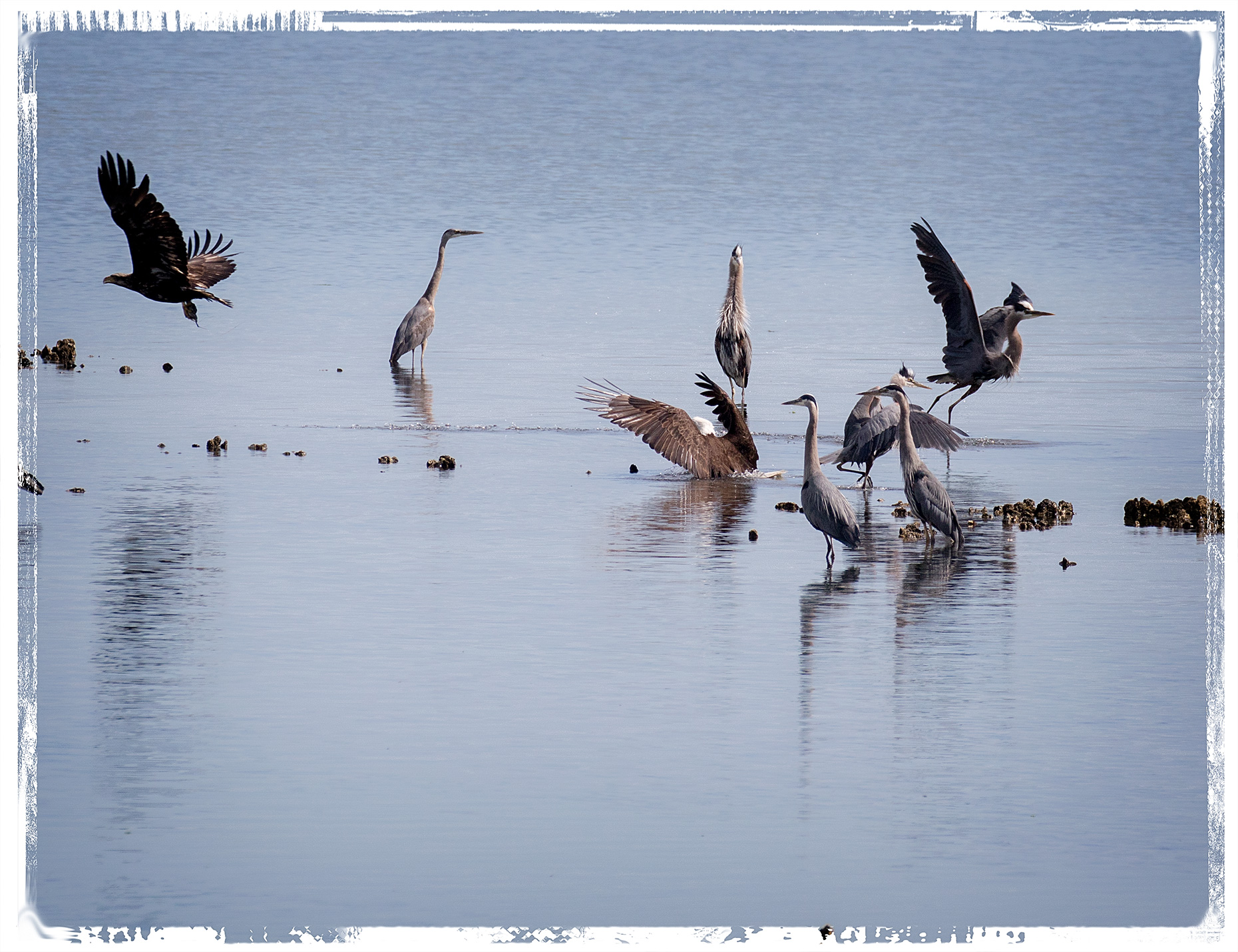
The experienced Bald Eagle, however, usually gets the fish dropped by the heron and feeds on it while the angry herons stand impotently around or fly off to a safer fishing hole.
